The Essential Guide series brings together the best recent coverage from New Scientist specially curated into beautiful compendiums about the most exciting themes in science and technology today. Written and edited by some of the world’s best science writers, these guides will leave you with everything you need to know about subjects from nutrition to the solar system and more.
CONSCIOUSNESS
New Scientist - The Essential Guides
WHAT IS CONSCIOUSNESS?
THE EASY AND HARD PROBLEMS • Among scientists and philosophers grappling with the mystery of consciousness, a popular division has sprung up in recent decades – between asking what it is made of, and why it exists at all. Neither question is easy to answer, but one is distinctly harder than the other.
FIVE WAYS TO THINK ABOUT CONSCIOUSNESS
SEEKING THE SEAT OF CONSCIOUSNESS • What is being in love, feeling pain or seeing colour made of? How our brains construct our conscious experience has long been a riddle – but we are slowly uncovering clues.
“WHY IS THERE SOMETHING IT’S LIKE TO BE US?” • Although we have made some progress understanding how patterns of brain activity relate to conscious experiences, the basic question of why we have them remains unresolved, says David Chalmers
CONSCIOUSNESS AND THE NETWORKED BRAIN • As searches for the seat of consciousness have failed to turn up convincing answers, attention has shifted to the idea that consciousness depends on networked properties of neurons, and how they deal with information. That is the starting point of two leading models of consciousness: the global workspace, and integrated information theory.
“PHYSICS OVERWHELMINGLY FAVOURS CONSCIOUSNESS” • Mathematical models of consciousness, such as integrated information theory, can lead us to a better understanding of what it is.
CONSCIOUS MINDS
WHY DID CONSCIOUSNESS EVOLVE? • Until recently, the question of what consciousness is for has been largely ignored. But now evolutionary biologists are starting to feel their way around the tree of life to consider when and where elements of our own consciousness emerged – and therefore why.
TEN SIGNS OF CONSCIOUSNESS
INSIDE ANIMAL MINDS • Evidence of what seem to be conscious behaviours is rife, not just among warm-blooded mammals and birds, but in very different animals such as octopuses and even spiders. Getting inside these alien minds is extremely challenging indeed.
FIVE ELEMENTS OF CONSCIOUSNESS
COULD A ROBOT EVER BE CONSCIOUS? • Sentient machines are a science-fiction staple – but are they possible, and would we know if one were? The answers may depend on how you view consciousness.
“CONSCIOUSNESS IS AN ENGINEERING PHENOMENON” • One possible reason for the existence of subjective experience is that it emerges from the way our brain regulates itself.
NEW SCIENTIST ESSENTIAL GUIDES DELIVERED DIRECT TO YOUR DOOR
YOUR CONSCIOUS SELF
THE EVOLUTION OF THE SELF • Look into a mirror and you may see pimples, wrinkles or unruly facial hair, but beneath the superficial lies something far more interesting. Every time you lock eyes with your reflection, you know exactly who is looking back at you.
WHAT ANIMALS ARE SELF-AWARE?
IS THE SELF AN ILLUSION? • We have a strong sense of continuous, coherent existence, yet from the cells that make our bodies to our defining character traits, we are in a constant state of change. That suggests a rather different answer.
METACOGNITION: KNOWING THAT YOU KNOW • While debate rages as to which animals have a sense of self, there is one trait that, as far as we know, is uniquely human – the ability to think about what we are thinking and know what we know.
YOUR CONSCIOUS BODY • Increasingly, we are realising that conscious...
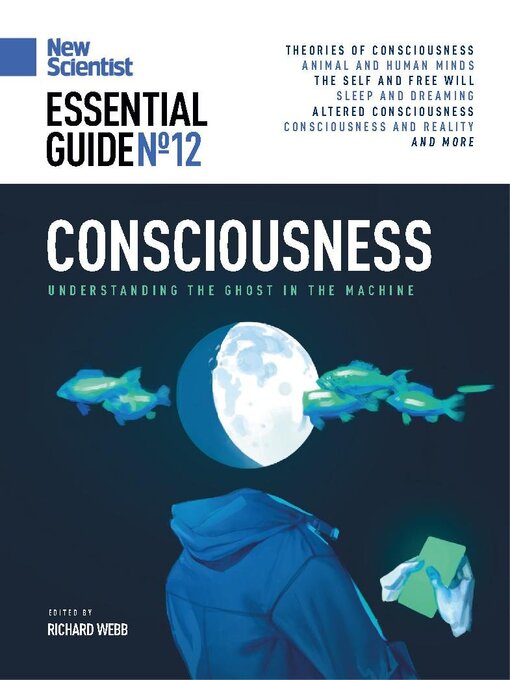
 EG25
EG25
 EG24
EG24
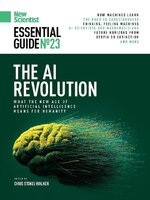 EG23
EG23
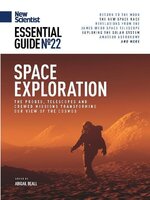 EG22
EG22
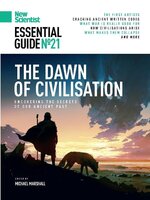 EG21
EG21
 EG20
EG20
 EG19
EG19
 EG18
EG18
 EG17
EG17
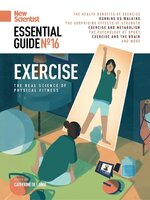 EG16
EG16
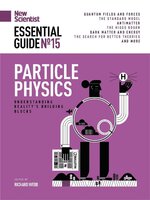 EG15
EG15
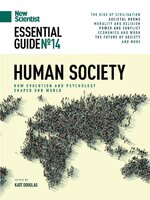 EG14
EG14
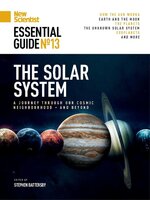 EG13
EG13
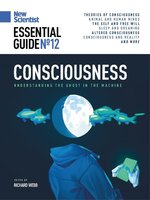 EG12
EG12
 EG11
EG11
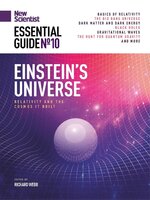 EG10
EG10
 EG09
EG09